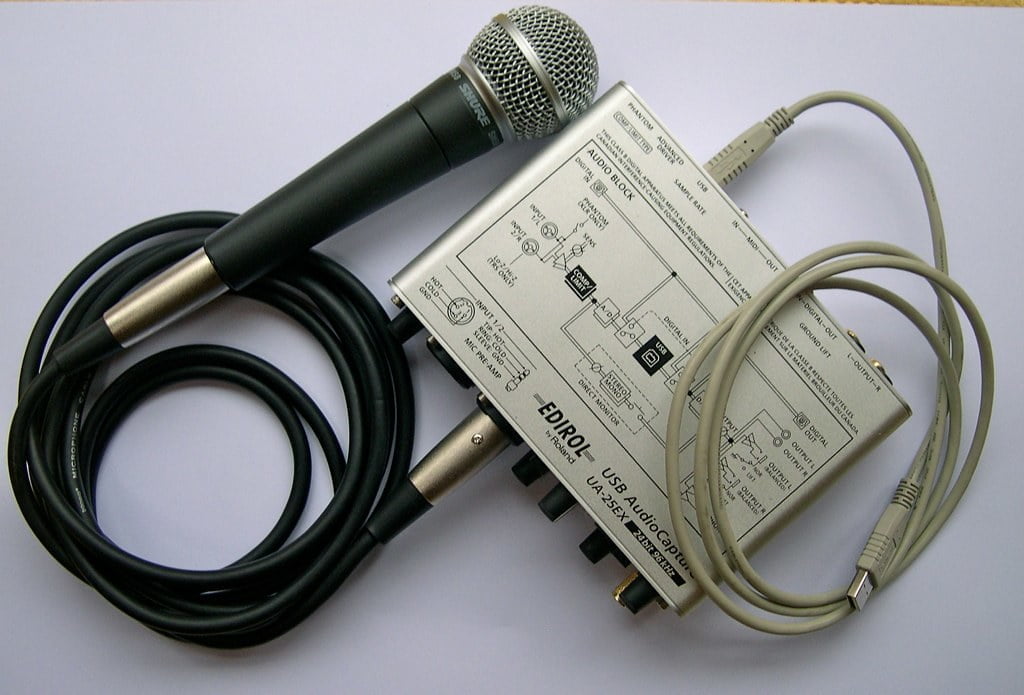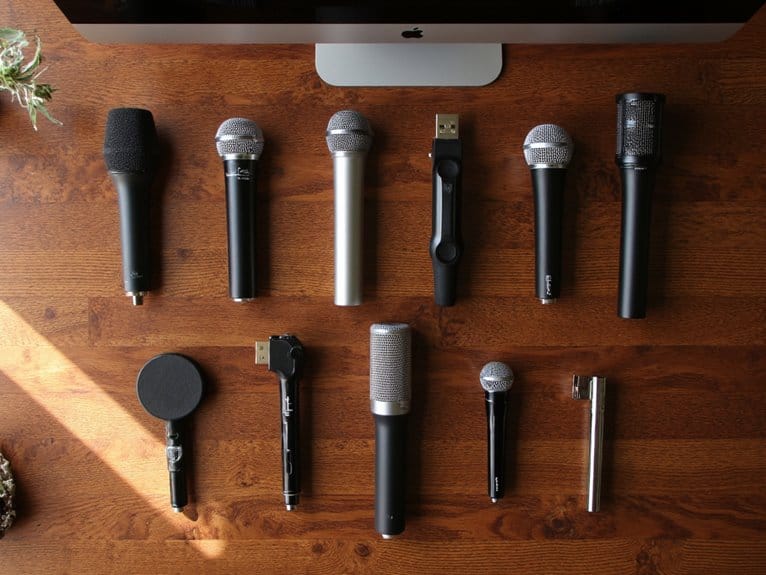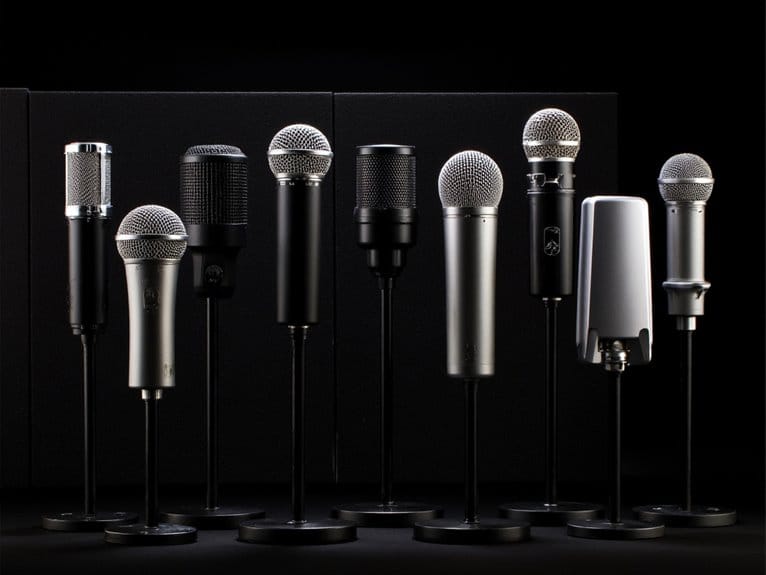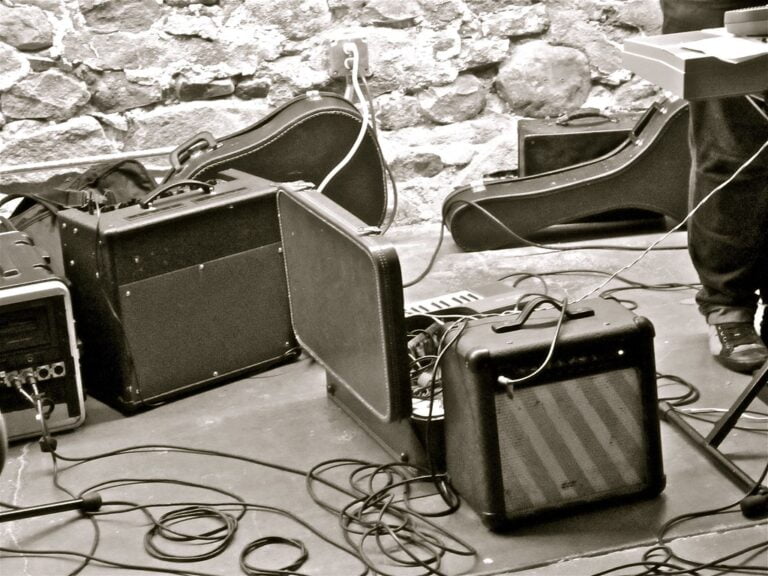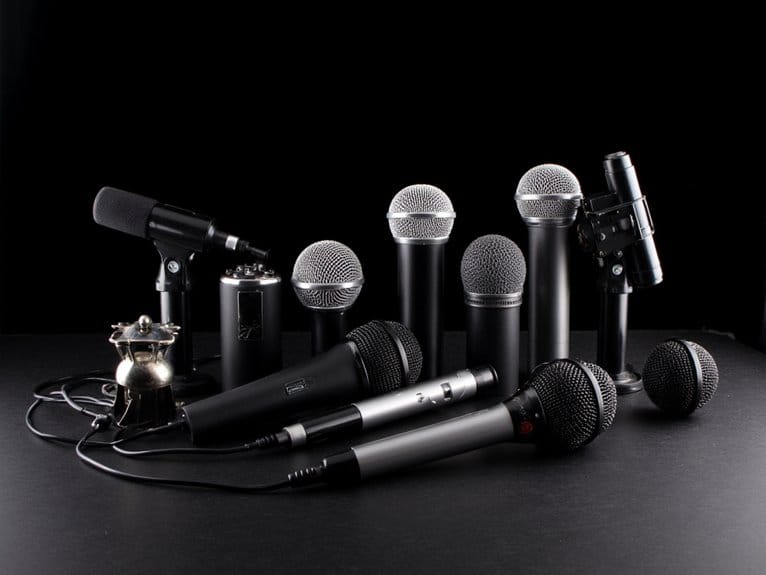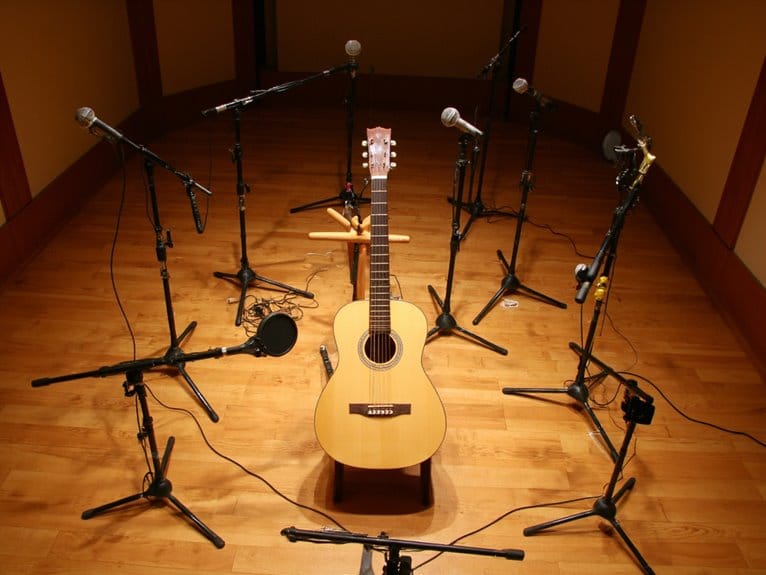Microphone Preamps: Understanding Their Role in Quality Audio Capture
Hey there! Are you looking to capture some top-notch audio? Well, understanding the role of microphone preamps is absolutely essential. These little devices are like the secret sauce of audio recording, boosting the quality of your signals. They come in all sorts of flavors, and choosing the right one takes some careful thought. But fear not! We're here to guide you through the wonderful world of microphone preamps, helping you unleash the full potential of your audio recordings. Let's dive right in!
We are supported by our audience. When you purchase through links on our site, we may earn an affiliate commission, at no extra cost for you. Learn more.
What Is a Preamp
A preamp is an essential device for enhancing the signal from your microphone before it reaches your recording equipment. It plays a crucial role in capturing high-quality audio by boosting the weak microphone signal to a level that can be properly processed and recorded. The preamp takes the low-level signal from the microphone and amplifies it, while also maintaining the integrity and clarity of the original sound. This ensures that even the most subtle nuances and details of your recording are faithfully captured. Additionally, preamps often include features such as gain control, phantom power, and impedance matching, allowing you to optimize the signal and adapt to different microphones and recording setups. With a quality preamp, you can achieve professional-level audio recordings and unlock the full potential of your microphone and recording equipment.
The Importance of Preamps in Audio Recording
Using a preamp is crucial for achieving high-quality audio recordings. Preamps play a vital role in the audio recording process by amplifying weak microphone signals to a level that can be properly processed by other audio equipment. They ensure that the audio signal remains clear, free from unwanted noise, and retains its dynamic range. Preamps also provide the necessary gain control to adjust the signal level, allowing you to capture audio at the optimal volume without distortion. Additionally, preamps contribute to enhancing the overall sound quality, adding warmth and depth to the recordings. To meet the demands of innovation, modern preamps come equipped with advanced features like impedance matching, phantom power for condenser microphones, and low noise floor for capturing high-fidelity audio. Investing in a quality preamp is essential for achieving professional-grade audio recordings.
How Preamps Enhance Signal Quality
To achieve optimal signal quality, it is crucial to understand how preamps enhance the audio capture process. Preamps play a vital role in amplifying the weak electrical signals produced by microphones, ensuring they are strong enough for further processing. They employ advanced circuitry and components to boost the signal while maintaining its integrity, resulting in cleaner and more accurate audio recordings. Preamps also provide a high level of gain control, allowing you to adjust the signal level precisely. This capability is essential when dealing with different microphone types and capturing various sound sources. Additionally, preamps offer low noise performance, minimizing unwanted background noise and ensuring a high signal-to-noise ratio for better audio quality. By using preamps, you can enhance the signal quality of your audio captures, delivering professional-grade recordings that meet the demands of today's innovative audience.
Different Types of Microphone Preamps
Explore the various types of microphone preamps available to enhance your audio capture experience. When it comes to choosing a microphone preamp, you have several options to consider. One type is the tube preamp, which adds warmth and depth to your recordings, perfect for capturing vocals and instruments. Solid-state preamps, on the other hand, offer a clean and transparent sound, making them suitable for capturing accurate and detailed audio. If you're looking for versatility, you may opt for a hybrid preamp that combines the best features of both tube and solid-state technologies. Another option is the digital preamp, which provides precise control and flexibility through digital signal processing. Finally, there are also microphone preamps designed specifically for certain applications, such as ribbon preamps for ribbon microphones. It's important to choose a preamp that suits your specific recording needs and preferences to achieve the best audio quality possible.
Factors to Consider When Choosing a Preamp
Consider your recording environment when choosing a preamp. Factors such as noise levels, room acoustics, and the type of microphone being used can significantly impact the performance of your preamp. In a quiet recording environment, a preamp with a low noise floor is essential to ensure clean and transparent audio capture. Room acoustics play a crucial role in determining the tonal characteristics of your recordings, so it is important to choose a preamp that can handle the specific acoustic properties of your space. Additionally, different microphones have different impedance requirements, so it is important to select a preamp that can match the impedance of your microphone for optimal signal transfer. By considering these factors, you can choose a preamp that is best suited to your recording environment and achieve high-quality audio capture.
Tips for Optimizing Preamp Performance
When optimizing preamp performance, ensure that you properly adjust the gain settings based on the specific needs of your recording environment. The gain setting determines the amount of amplification applied to the microphone signal. It is crucial to find the right balance to avoid distortion or noise issues. Start by setting the gain to its lowest setting and gradually increase it until you achieve the desired signal level without any clipping. Experiment with different gain settings to find the optimal level for your specific recording situation. Additionally, pay attention to the impedance matching between the microphone and the preamp. Matching the impedance correctly can enhance the overall audio quality and reduce unwanted noise. Finally, consider using high-quality cables and connectors to minimize signal degradation and maximize preamp performance.
Conclusion
In conclusion, a good quality microphone preamp plays a crucial role in achieving optimal audio capture. It enhances the signal quality, ensuring a clean and accurate representation of the recorded sound. Different types of preamps offer various features and characteristics, so it is important to consider factors such as impedance, gain, and sound coloration when choosing one. By optimizing preamp performance and selecting the right one for your needs, you can greatly enhance the overall audio recording quality.

